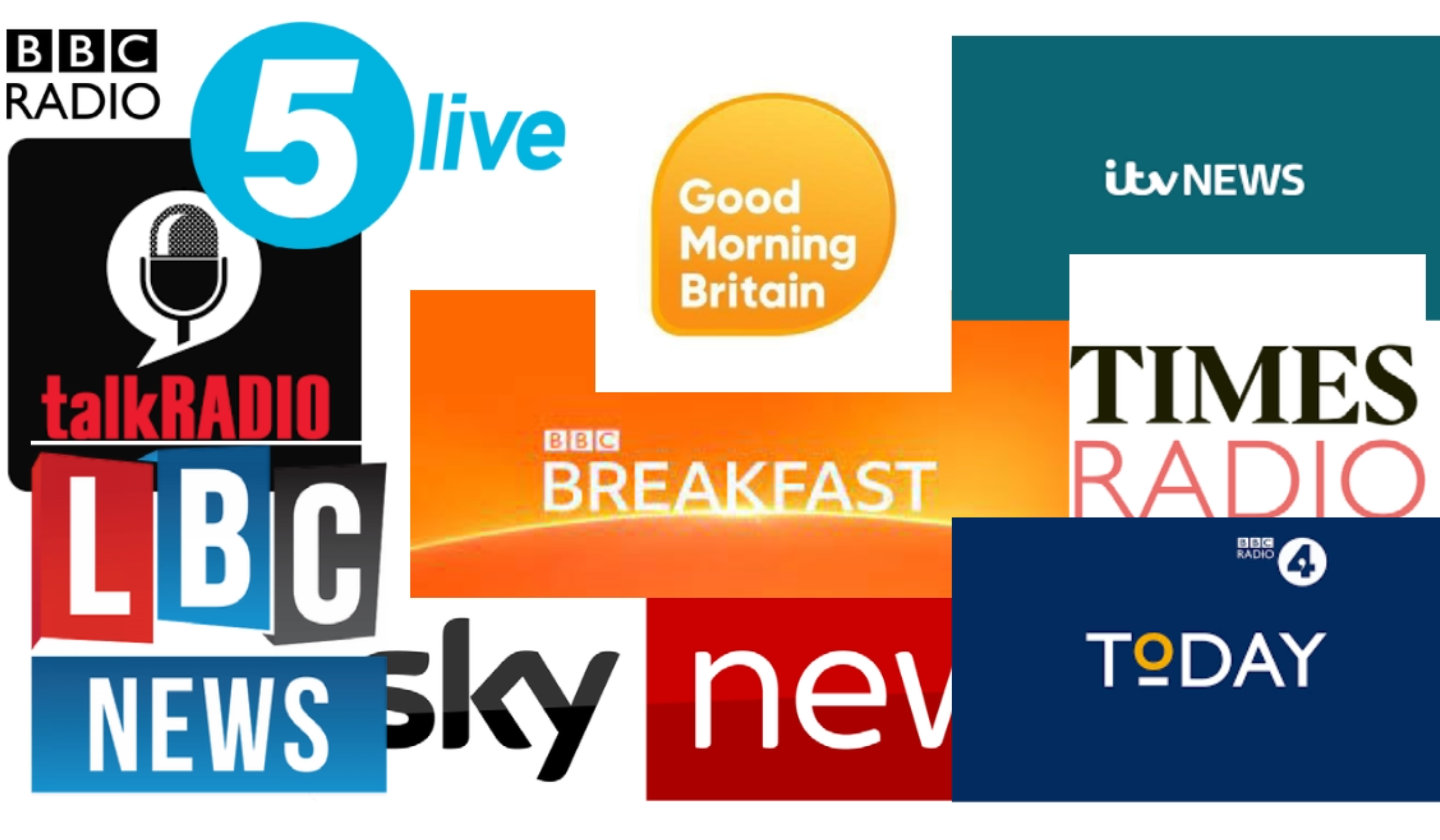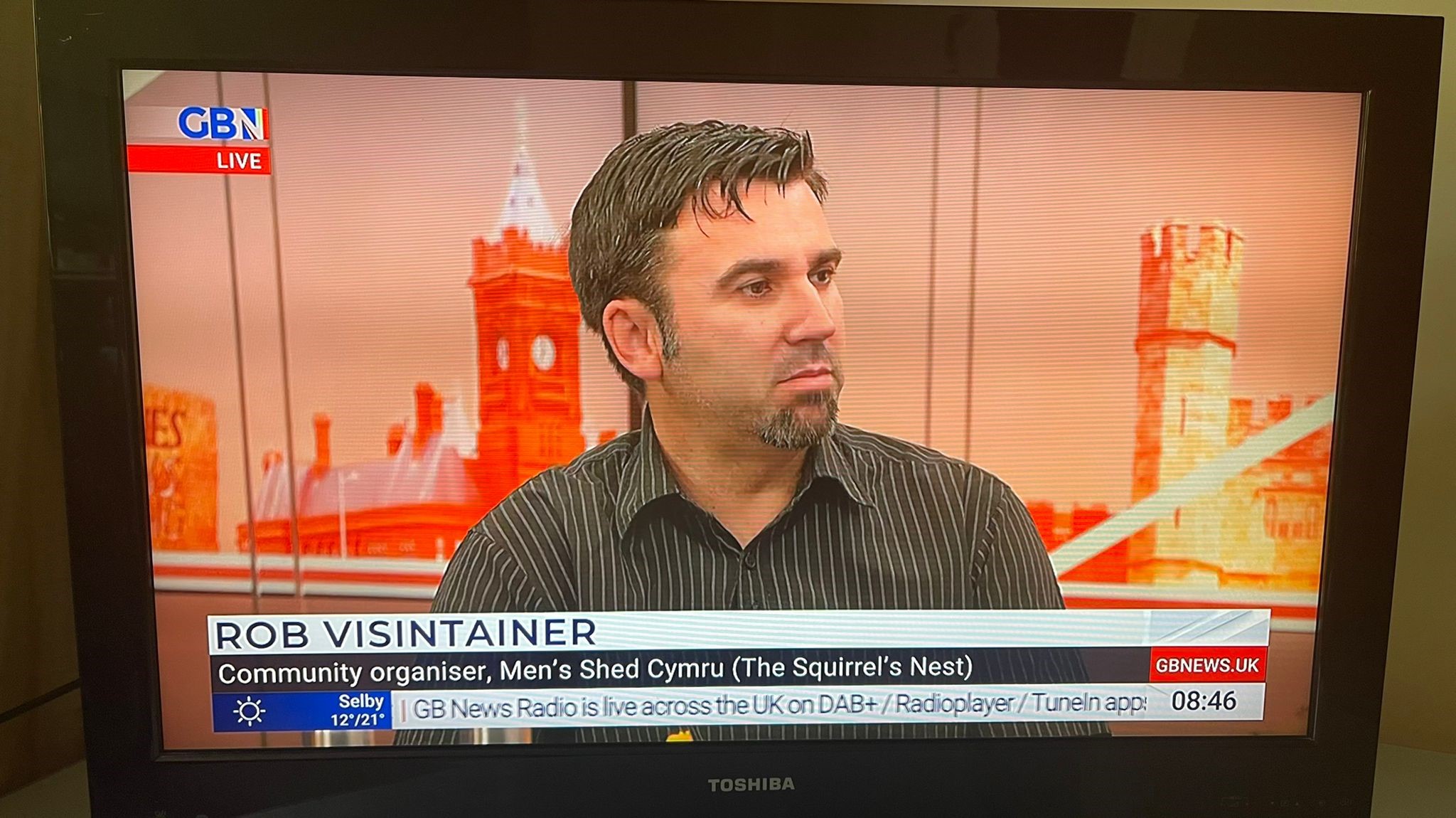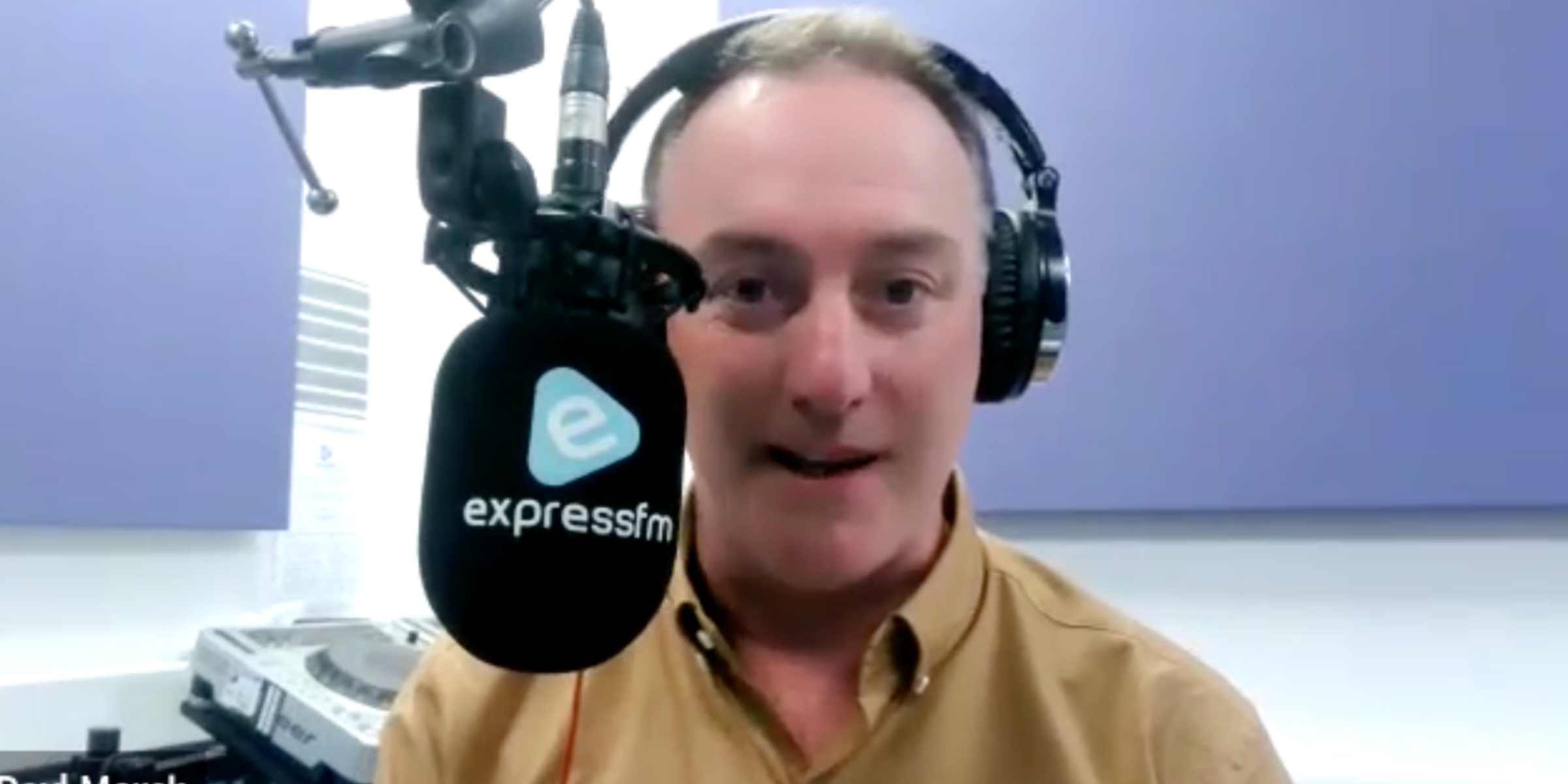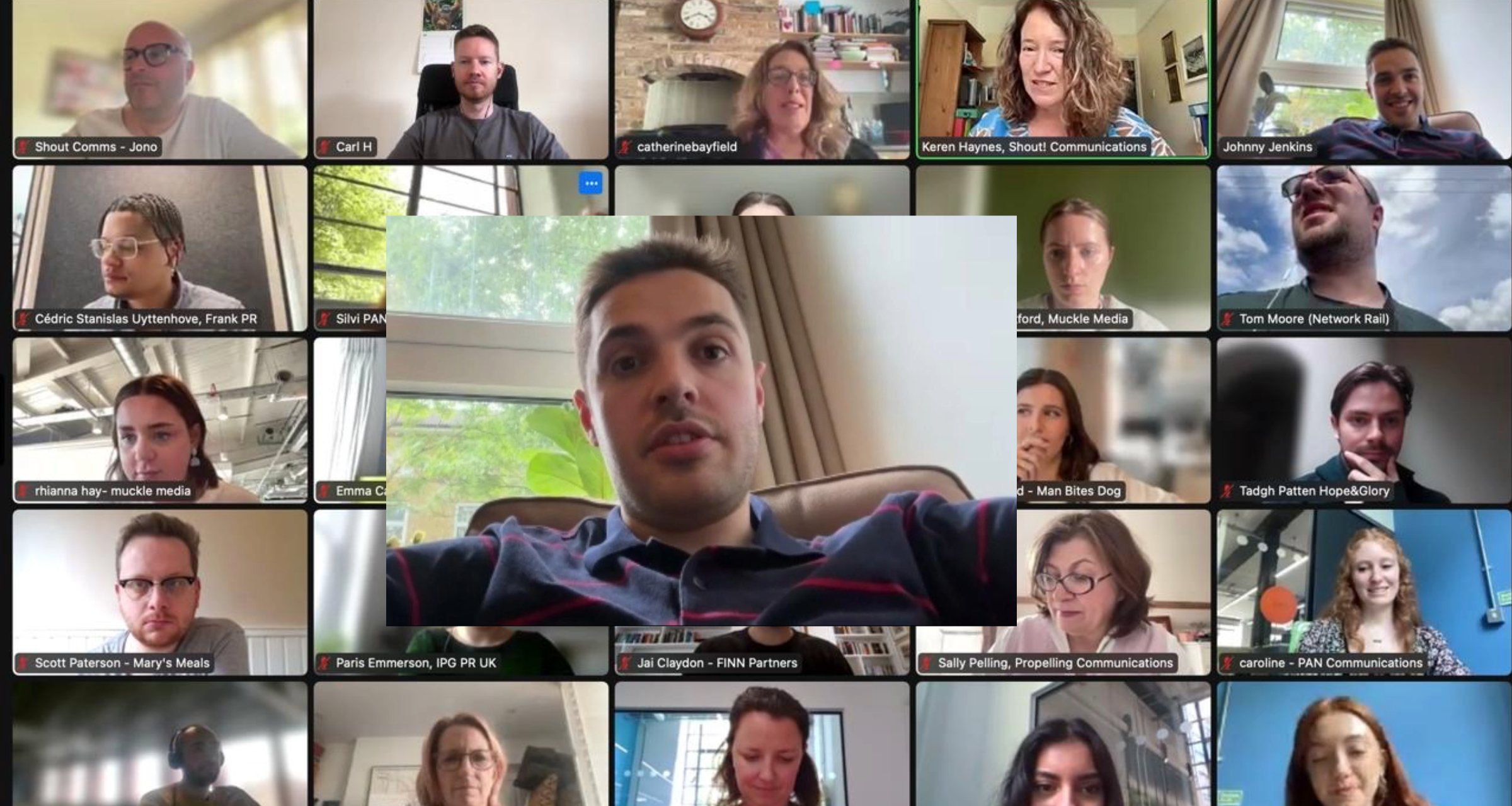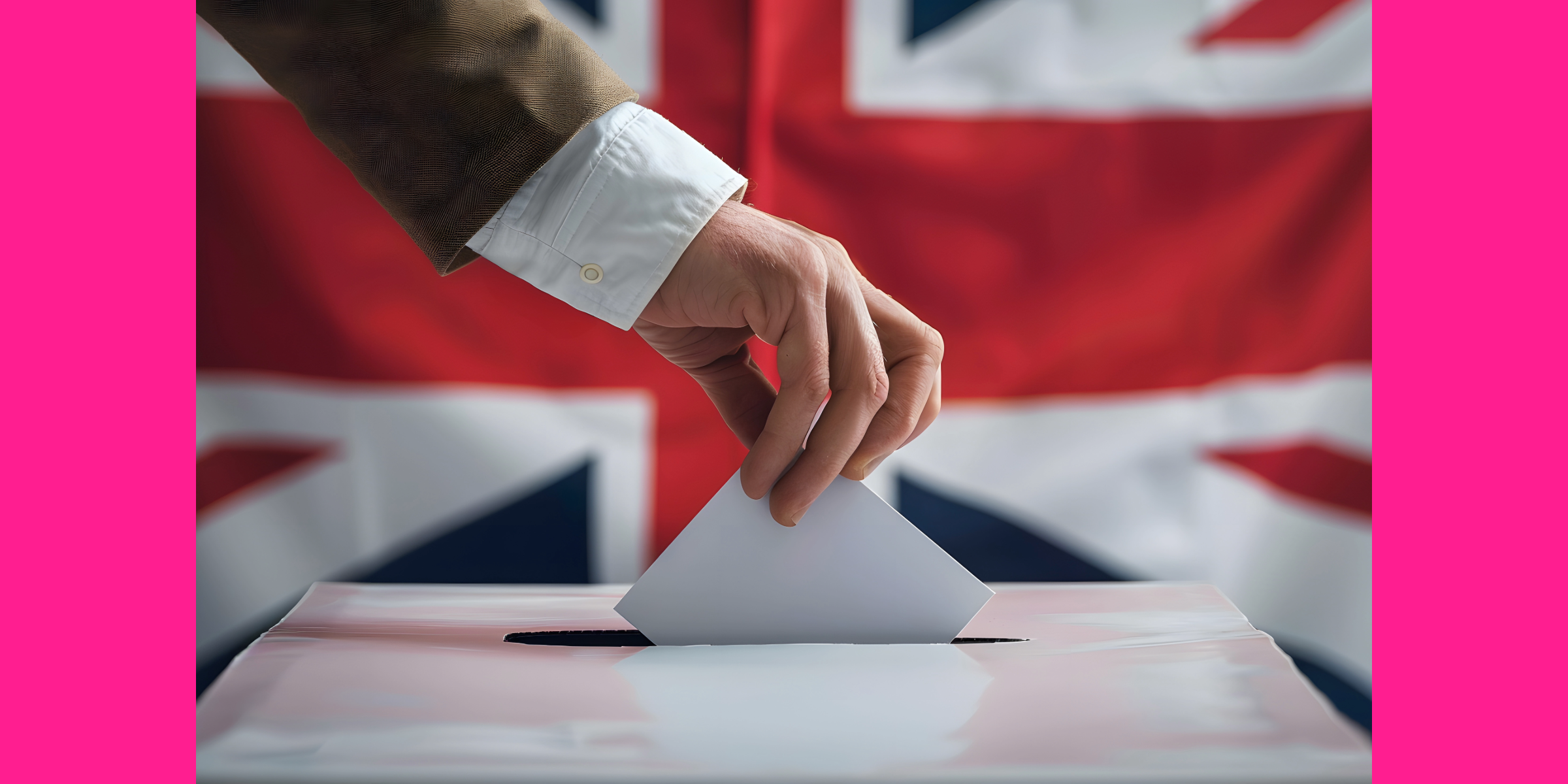You’ve spent months developing your campaign, have perfected the key messages and completed the final touches. So how do you now make sure it reaches your target audience? At Shout! Communications we believe there are many advantages to broadcast PR – it is an integral part of a campaign and one that will ensure you secure maximum coverage.
Clients measure success in different ways, evaluating the reach of their message and its impact on the target audience but we find almost all of them consider radio and TV coverage to be the icing on the cake. Broadcast PR can take your campaign to the next level, here’s why:
Maximum reach
By nature, broadcast audiences are broad. TV and radio opportunities are a chance to reach millions of people. Whilst print has suffered a decline in sales due to the rise of social and digital media, TV and radio are still huge platforms that have retained their audiences.
Latest stats from RAJAR the audience research organization shows radio listening remains high with 49.5 million Brits – or 8 out of 10 of the adult population tuning in every week for more than 20 hours. TV too is pulling in a big audience. BBC Breakfast, the UK’s most watched morning programme is claiming 5 million viewers are waking up to the show broadcast simultaneously on BBC 1 and BBC News.
Not only does broadcast ensure your campaign reaches people, but it can ultimately reach the right people. There are many advantages and benefits to broadcast media and the medium allows you to be specific. For example, if you’re trying to reach decision makers, politicians and influencers are known to be amongst the audience of BBC Radio 4’s Today programme; but if you’re trying to target women it may be more appropriate to place campaigns on ITV’s Loose Women or GMB. Arguably, focusing on specific programmes that your chosen audience will be consuming is far more effective than having your campaign in print or online for mass circulation.
Broadcast PR brings a campaign to life
People react far better to a human voice or presence than a piece of copy they read in a newspaper or online. Broadcast brings a campaign or story to life: images, sound effects and interaction all engage the audience and make them want to stay tuned in. A spokesperson or case study also brings a human-interest element to the campaign and makes the audience connect and listen. In fact, in our experience, a case study can make the difference between securing coverage or not.
Top tips for the perfect case study
Make sure your case studies are comfortable with both live and pre-recorded interviews. Whilst live opportunities can seem more intimidating, they offer the best chance to really get your key messages out there, so never shy away from them!
Most radio interviews are now conducted remotely over Zoom or via FaceTime but stations do generally require a case study to be on camera. They should also be comfortable being in a studio or another location. Saying that, sometimes it’s appropriate for them to be filmed at home, so they must be willing for a film crew to go to their house.
Willing and available case studies are worth their weight in gold, get a good case study and you’re far more likely to engage the audience on a deeper level! They must though be genuinely sourced and relevant and absolutely not someone from the PR team. At Shout! Communications we offer a half hour media training coaching session to all spokespeople to ensure they’re confident on air.
Broadcast PR is cost effective
Finally, broadcast PR is extremely cost-effective for the number of opportunities and the final reach it achieves. It can also come guaranteed: with our radio days we guarantee a minimum of at least 10-12 opportunities with a total reach of one million for most stories. Typically, most campaigns exceed this.
We’ll also sell into TV on a results basis if it’s done alongside a radio day or B-roll production. TV B-roll, which starts from a couple of thousand pounds, really boosts your chances of getting TV coverage. If you follow our two golden rules for producing B-roll your chances of coverage become even better- read about our rules here.
We recently worked with former reality star and entrepreneur Jamie Lang alongside their PR agency Dundas to promote vegan sweet brand Candy Kittens. The campaign reached more than 13 million people in one day from the radio coverage we secured. The brief to target an audience who are serious about making conscious choices and to persuade the sweets industry to stop using gelatine.
We commissioned shocking research which revealed 67% of Brits are unaware that their favourite sweets contain ingredients made from pig skin, bone, and cartilage. These go into gelatine, a staple for many confectionary companies.
Jamie Laing was the spokesperson and his ‘no nasties’ messaging was heard by more 13.1 million radio listeners with coverage on TalkSport, Global Radio Podcast and the BBC England regions late night show which has a weekly reach of more than 5 million.
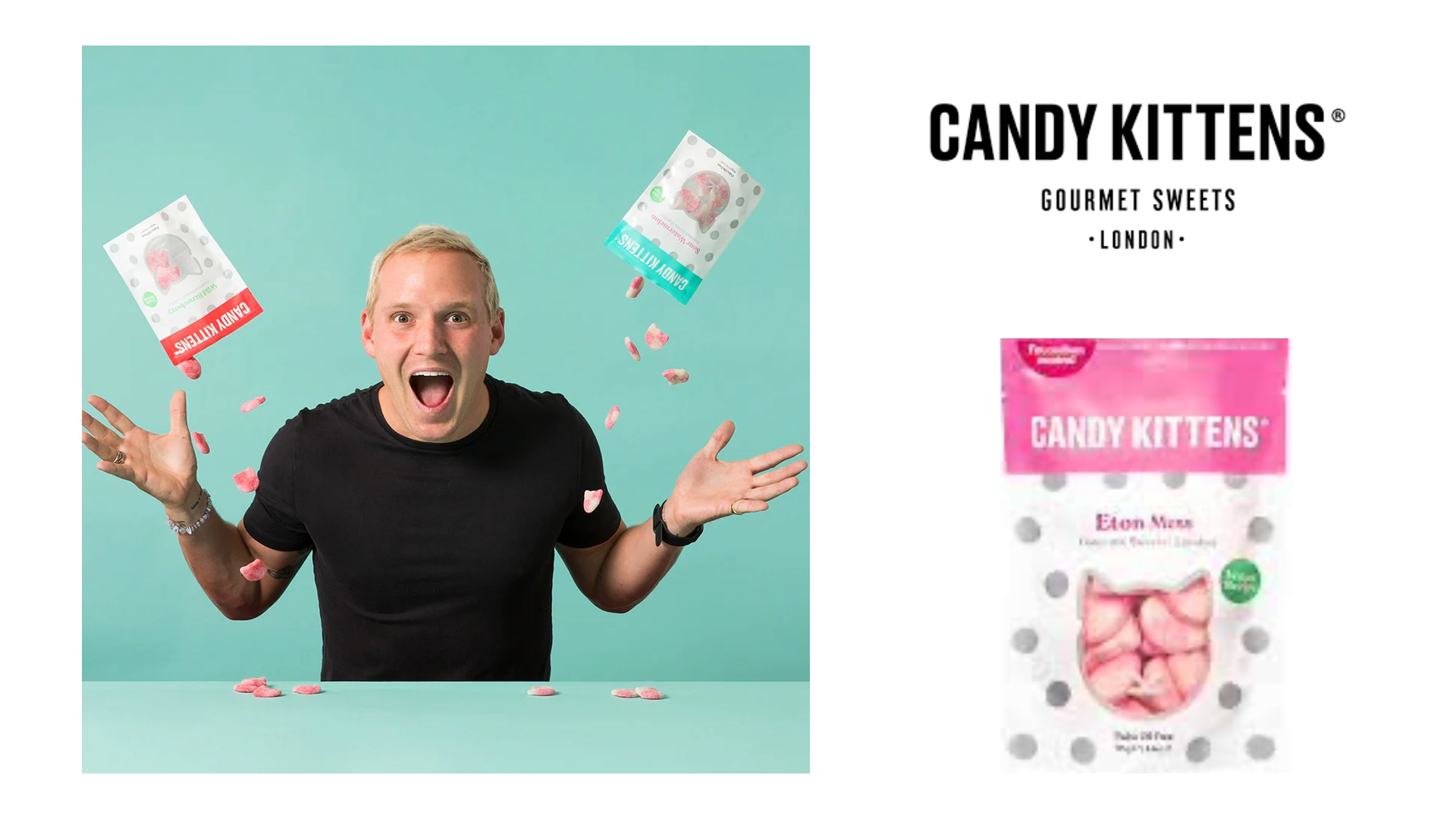
In summary....
There are many benefits of broadcast PR – radio and TV is fast-paced, something you can have fun with and ultimately extremely rewarding. Broadcast opens up a whole new audience and can make people connect to the campaign more than through other media channels. Who wouldn’t want that?
If you’d like help in getting broadcast coverage for your campaign, get in touch! Give us a call on 0207 240 7373 or email hello@shoutcommunications.co.uk
